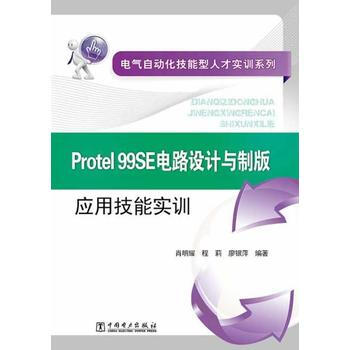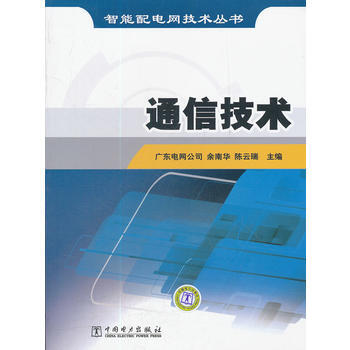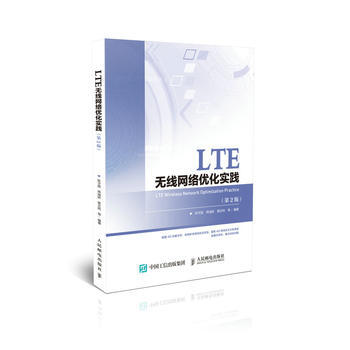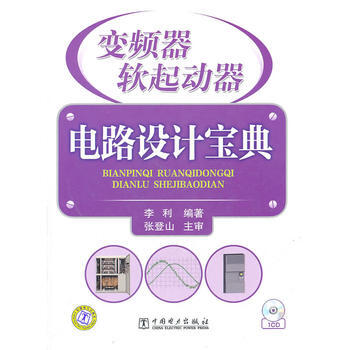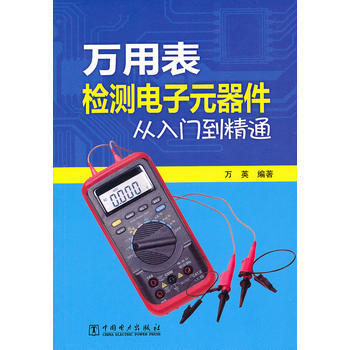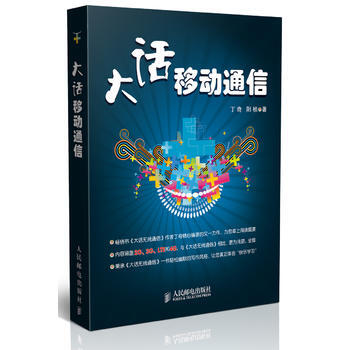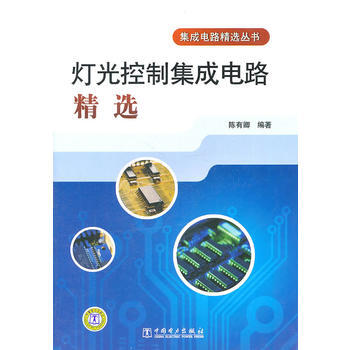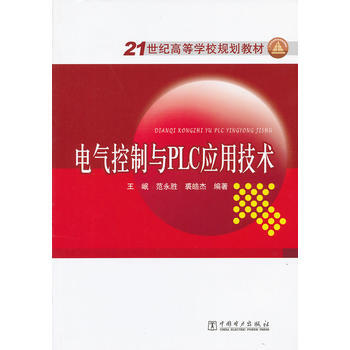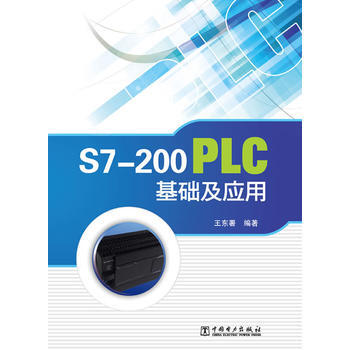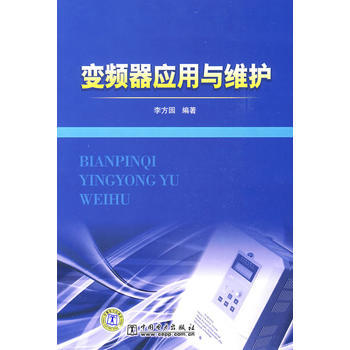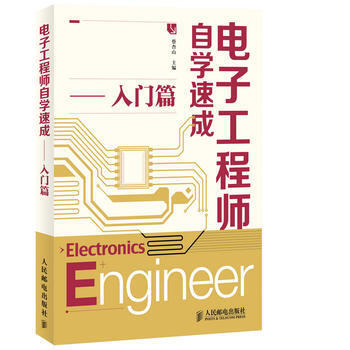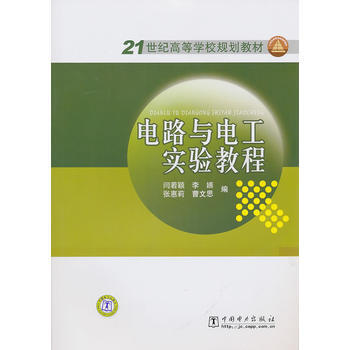具体描述
基本信息
书名:(全英文)半导体纳米材料在太赫兹电场中的特性沈韬
定价:36.00元
作者:沈韬
出版社:冶金工业出版社
出版日期:2014-03-01
ISBN:9787502461614
字数:
页码:
版次:1
装帧:平装
开本:16开
商品重量:0.4kg
编辑推荐
内容提要
本书系统详尽地介绍了半导体基础纳米结构在太赫兹电场中的响应特性、空间载流子受激运动机理、解析及快速分析的方法。涵盖了半导体基础理论,载流子输运方程分析、有限元数值方法解析、等效电路分析方法等内容。《半导体纳米材料在太赫兹电场中的特性(英文版)》由沈韬编著。
目录
1 Introduction
References
2 Theoretical Framework
2.1 Electromagic Field Theory
2.2 Brief Review on Related Semiconductor Physics
2.2.1 Energy band theory
2.2.2 Carrier concentration at thermal equilibrium
2.3 Charge Transport in Semiconductor
References
3 Semiconductor Nanostructure in the Static Electric Field
3.1 Semiconductor Nanoplate in the Static Field
3.2 Semiconductor Nanoparticle in the Static Field
4 Response of Elementary Semiconductor Nanostructures in Quasi-Static Electric Field
4.1 Carrier Dynamics
4.2 Semiconductor Nanoplate in the Quasi-Static Field
4.3 Semiconductor Nanoparticle in the Quasi-Static Field
References
5 Full Wave Analysis
5.1 Full Wave Analysis of a Semiconductor Nanoparticle
5.2 Response of Semiconductor Nanoparticle with High Doping Level in Dynamic Field
6 Equivalent Circuit Representation for Conductive Nanostructure
6.1 Basic Concepts of Equivalent Circuit
6.2 Equivalent Circuit Representation for the Semiconductor Nanoplate
6.3 Equivalent Circuit Representation for the Semiconductor Nanoparticle
6.4 Equivalent Circuit Representation for the Metal Nanoparticle
References
7 Conclusion
7.1 Summary
7.2 Suggestions for Future Work
Appendix A
Appendix B
作者介绍
文摘
序言
Semiconductor Nanomaterials in Terahertz Fields: A Comprehensive Exploration Introduction The interaction of electromagnetic radiation with matter has been a cornerstone of scientific inquiry and technological advancement for centuries. While visible light, infrared, and microwave regimes have been extensively studied and harnessed, the terahertz (THz) frequency range (typically defined as 0.1 to 10 THz, corresponding to wavelengths from 3 mm to 30 µm and photon energies from 0.4 meV to 41 meV) presents a unique frontier. This spectral window bridges the gap between electronics and photonics, offering exciting possibilities for novel applications in fields as diverse as security screening, medical imaging, communications, and materials science. Semiconductor nanomaterials, with their tunable electronic and optical properties arising from quantum confinement effects, have emerged as exceptionally promising candidates for interacting with and manipulating THz radiation. Their nanoscale dimensions allow for significant modifications of band structures, carrier dynamics, and plasmonic resonances, all of which play crucial roles in THz wave generation, detection, and modulation. This comprehensive exploration delves into the fundamental principles governing the behavior of semiconductor nanomaterials when subjected to THz electric fields, highlighting the intricate interplay between material structure, quantum phenomena, and electromagnetic phenomena. Fundamentals of Terahertz-Semiconductor Nanomaterial Interaction The unique characteristics of THz radiation, such as its non-ionizing nature, ability to penetrate many dielectric materials, and sensitivity to molecular vibrations and collective electronic excitations, make it an attractive probe for condensed matter. Semiconductor nanomaterials, in turn, offer a versatile platform for tailoring these interactions. Quantum Confinement and Electronic Properties: In bulk semiconductors, the electronic states are described by continuous energy bands. However, when the physical dimensions of the semiconductor are reduced to the nanoscale (typically below 100 nm), quantum mechanical effects become dominant. This confinement leads to the quantization of energy levels, effectively transforming continuous bands into discrete subbands. The energy separation between these subbands is inversely proportional to the square of the characteristic length of the nanomaterial. This quantum confinement significantly alters the band gap, effective mass of charge carriers, and their mobility, all of which are critical parameters for THz response. Carrier Dynamics and THz Fields: The behavior of charge carriers (electrons and holes) within semiconductor nanomaterials under the influence of THz electric fields is a central theme. The THz field can efficiently excite these carriers, leading to various phenomena. Intra-band Transitions: For free carriers (electrons and holes), THz photons can induce transitions between different energy states within the same band (e.g., conduction band or valence band). This is particularly relevant for doped semiconductors and plasmonic effects. The frequency of these transitions is strongly dependent on the carrier concentration and the size and shape of the nanomaterial. Inter-band Transitions: In quantum wells, quantum wires, and quantum dots, the quantized energy levels can lead to inter-band transitions where carriers are excited from lower energy subbands to higher energy subbands. The energy difference between these subbands can be tuned to match specific THz frequencies. Carrier Scattering and Relaxation: The THz field can also influence the scattering processes of carriers within the nanomaterial, affecting their momentum and energy relaxation times. Understanding these dynamics is crucial for predicting the absorption and emission of THz radiation. Plasmonic Phenomena in Semiconductor Nanomaterials: Plasmonics, the study of collective oscillations of free electrons in conductive materials, plays a pivotal role in enhancing the interaction of THz radiation with semiconductor nanomaterials. Surface Plasmon Resonances (SPRs): In metallic nanoparticles, SPRs arise from the collective oscillation of conduction electrons driven by the incident electromagnetic field. While traditional SPRs are typically confined to the optical regime, semiconductor nanomaterials can exhibit analogous phenomena in the THz range. Terahertz Plasmonics in Semiconductors: Doped semiconductor nanoparticles, nanowires, and nanostructures can support THz plasmon resonances. These resonances occur when the frequency of the incident THz field matches the plasma frequency of the free carriers. The plasma frequency is determined by the carrier concentration, effective mass, and geometry of the nanomaterial. By engineering the doping concentration and the dimensions of the nanostructures, the resonant frequency can be precisely tuned across the THz spectrum. These THz plasmonic effects can lead to significantly enhanced absorption, scattering, and localized field enhancements of THz radiation. Fabrication and Characterization of Semiconductor Nanomaterials for THz Applications The ability to precisely control the size, shape, composition, and doping of semiconductor nanomaterials is paramount for optimizing their THz properties. Various fabrication techniques have been developed: Top-down Approaches: These methods involve starting with a bulk material and reducing its size to the nanoscale. Examples include lithography (e.g., electron-beam lithography, nanoimprint lithography), etching (e.g., reactive ion etching), and mechanical exfoliation. These techniques are well-suited for creating patterned nanostructures and arrays. Bottom-up Approaches: These methods involve assembling nanoscale building blocks or synthesizing nanomaterials atom by atom or molecule by molecule. Examples include chemical vapor deposition (CVD), molecular beam epitaxy (MBE), colloidal synthesis (e.g., synthesis of quantum dots), and self-assembly. These techniques offer high control over the intrinsic properties of the nanomaterials. Characterizing the THz response of these nanomaterials requires specialized techniques: Terahertz Time-Domain Spectroscopy (THz-TDS): This technique provides broadband THz spectra and allows for the extraction of optical constants (refractive index and absorption coefficient) as a function of frequency. It is widely used to study the absorption and transmission properties of nanomaterial samples. Terahertz Near-Field Microscopy: This technique offers spatial resolution beyond the diffraction limit, enabling the visualization of THz field distributions and plasmonic resonances on the nanoscale. Infrared and Raman Spectroscopy: While these techniques operate at lower frequencies, they can provide complementary information about lattice vibrations and electronic excitations that can indirectly influence THz response. Electron Microscopy (TEM, SEM) and Atomic Force Microscopy (AFM): These techniques are essential for confirming the size, morphology, and structural integrity of the fabricated nanomaterials. Key Semiconductor Nanomaterials for THz Applications A diverse range of semiconductor nanomaterials have been investigated for their THz properties: Quantum Dots (QDs): These are zero-dimensional nanostructures with discrete energy levels. Their band gap, and hence their absorption and emission frequencies, can be tuned by controlling their size and composition. QDs can exhibit inter-band transitions in the THz range and can be engineered to display plasmonic behavior when functionalized or doped. Quantum Wires (QWs) and Nanowires (NWs): These are one-dimensional nanostructures with quantized energy levels in two dimensions. Their electronic and optical properties are highly anisotropic and can be tailored by their diameter and length. Semiconductor nanowires, in particular, have shown great promise as active components in THz detectors and modulators due to their efficient carrier transport and plasmonic capabilities when doped. 2D Materials (e.g., Graphene, Transition Metal Dichalcogenides (TMDs)): While graphene is not strictly a semiconductor, its unique Dirac cone dispersion leads to tunable plasmon resonances in the THz range, making it highly attractive for THz applications. TMDs, on the other hand, are semiconductors with tunable band gaps and distinct electronic properties that can be exploited for THz interaction. Their layered structure facilitates the formation of ultra-thin films and heterostructures. Doped Semiconductor Nanoparticles: Doping semiconductor nanoparticles with free carriers can induce THz plasmon resonances, similar to metallic nanoparticles. The size, shape, and doping concentration of these particles are critical for controlling the resonant frequency and enhancement factor. Applications in Terahertz Technologies The unique THz interaction capabilities of semiconductor nanomaterials open up exciting avenues for technological advancements: Terahertz Detectors: Nanomaterial-based detectors offer potential advantages in terms of sensitivity, speed, and operating temperature. For example, bolometric detectors, photoconductive detectors, and plasmonic detectors utilizing semiconductor nanostructures are being actively researched. The efficient absorption and fast carrier dynamics in nanomaterials can lead to highly responsive THz detection. Terahertz Modulators: THz modulators control the amplitude, phase, or polarization of THz waves. Semiconductor nanomaterials can be integrated into devices that exhibit electro-optic or plasmonic modulation effects, allowing for dynamic control of THz beams. Terahertz Emitters: While less explored than detectors and modulators, semiconductor nanomaterials also hold promise for THz emission applications, particularly through nonlinear optical processes or quantum cascade mechanisms engineered at the nanoscale. Terahertz Imaging and Spectroscopy: Nanomaterials can enhance the sensitivity and resolution of THz imaging systems. Their tunable absorption properties can also be exploited for selective detection of specific molecules or materials, leading to advanced spectroscopic applications in areas like chemical sensing and biological imaging. Terahertz Communications: The development of efficient THz emitters and detectors is crucial for realizing high-speed THz communication systems. Semiconductor nanomaterials could play a role in the miniaturization and performance enhancement of these components. Terahertz Security Screening: The ability of THz waves to penetrate clothing and plastics while being sensitive to explosives and illicit substances makes THz security screening a promising area. Nanomaterial-enhanced THz systems could lead to more sensitive and efficient screening devices. Challenges and Future Outlook Despite significant progress, several challenges remain in the widespread adoption of semiconductor nanomaterials for THz applications. These include: Scalable and Cost-Effective Fabrication: Developing large-scale, reproducible, and cost-effective fabrication methods for high-quality semiconductor nanomaterials is essential for commercialization. Integration into Devices: Seamless integration of nanomaterials into functional THz devices requires overcoming challenges in interfacing with electrical contacts and optical components. Understanding Complex Interactions: A deeper understanding of the fundamental THz-semiconductor nanomaterial interactions, especially in complex multi-component systems and under realistic operating conditions, is still needed. Device Performance and Stability: Improving the sensitivity, speed, and long-term stability of THz devices based on nanomaterials is crucial for practical applications. The field of semiconductor nanomaterials in THz fields is a vibrant and rapidly evolving area of research. Continued advancements in material science, nanofabrication, and characterization techniques are expected to unlock the full potential of these fascinating materials, paving the way for transformative technologies that leverage the unique capabilities of the terahertz spectrum. The precise control over quantum phenomena and plasmonic effects at the nanoscale promises to revolutionize our ability to interact with and utilize this often-overlooked region of the electromagnetic spectrum.



